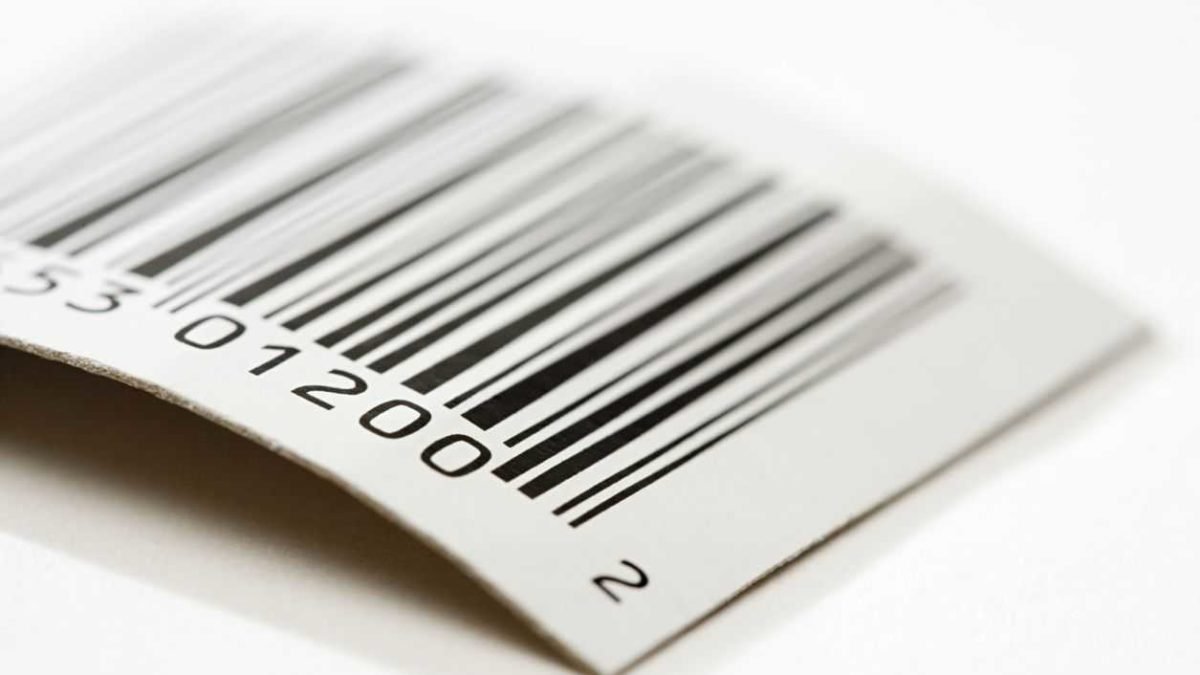In its most basic form, a barcode serves as a location for a database entry.
A barcode is a collection of vertical lines that, when scanned, form a character or set of characters. A scanner picks up the reflection of the white area between the black bars while scanning a barcode.
If you run a business and send products, there’s a strong chance you’ll be asked to utilize a barcode by a client at some time. Barcode label printing online has gained popularity because they save data entry time and are far more accurate than human keyboard input.
Barcodes are being employed in a wide range of applications, including:
- following up on evidence
- tagging of animals
- Tracking product shelf life and date codes
- tracking of preventive maintenance
- Locations of warehouses
- We’ve even created barcodes to monitor Motocross competitors as they pass through checkpoints.
The following are some of the most regularly used barcodes:
- UPC (Universal Product Code)
- EAN Bookland
- 3 of 9 codes
- Code 128 is a type of code that is used to
- 2 of 5 Code I
- Codabar
There are also popular variations of these barcodes, such as GS1 Databar and UCC/EAN-128, but that is a topic for another time.
The GS1 Company Prefix and a product identification owned by the UPC’s owner are included in the UPC produced for the retail environment. The digits are all numerical. Letters and symbols are not permitted in UPCs. Some large merchants insist on owning your business prefix, while others allow you to use UPC resellers.
When a cashier scans a UPC barcode on a can of Coke, for example, the barcode has no product or price information connected with it. The Barcode label printing online serves as a pointer or reference to a product record in the store’s database.
The Bookland EAN barcode, as its name suggests, is unique to the book and magazine sector. It’s similar to the UPC, except it contains a 9-digit identification and includes the book or magazine’s selling price.
The Top Advantages of Barcodes
Barcodes are both cost-effective and reliable, making them a valuable and viable solution for businesses looking to boost productivity and cut expenses.
- Human mistake is eliminated when barcodes are used. The rate of errors while manually entering data is substantially higher than when utilizing barcodes. A barcode scan is quick and accurate, and it takes far less time than manually inputting data.
- Barcodes are inexpensive to create and produce. They normally cost only a few cents, regardless of their purpose or where they will be placed. At a minimal cost, they may be customized in a variety of finishes and materials.
- They may be used to collect any form of data that is needed. This might contain data such as pricing or inventory levels. Furthermore, because barcodes can be printed on almost any surface, they may be used to track not only items but also incoming shipments and even equipment.
- Control of inventory improves. As a result, the overhead is reduced. Machinery may also be monitored, saving time and money by reducing the amount of time spent seeking for it and the amount spent replacing gear that is thought to have gone missing.
Related posts
Subscribe Now
* You will receive the latest news and updates on your favorite celebrities!
Meet the Author

Gillion is a multi-concept WordPress theme that lets you create blog, magazine, news, review websites. With clean and functional design and lots of useful features theme will deliver amazing user experience to your clients and readers.
Learn moreCategories
- Animals (6)
- Business (579)
- Cooking (3)
- Design (17)
- Education (59)
- Entertainment (62)
- FASHION (89)
- Fashion (39)
- Featured (19)
- FOOD (42)
- Guide (55)
- Health (290)
- HOME (184)
- Interior (14)
- Life (8)
- Lifestyle (111)
- Motivation (6)
- News (47)
- People (4)
- Photography (5)
- Review (4)
- Style (4)
- TECH (176)
- Travel (107)
- Uncategorized (1,441)



Stay connected